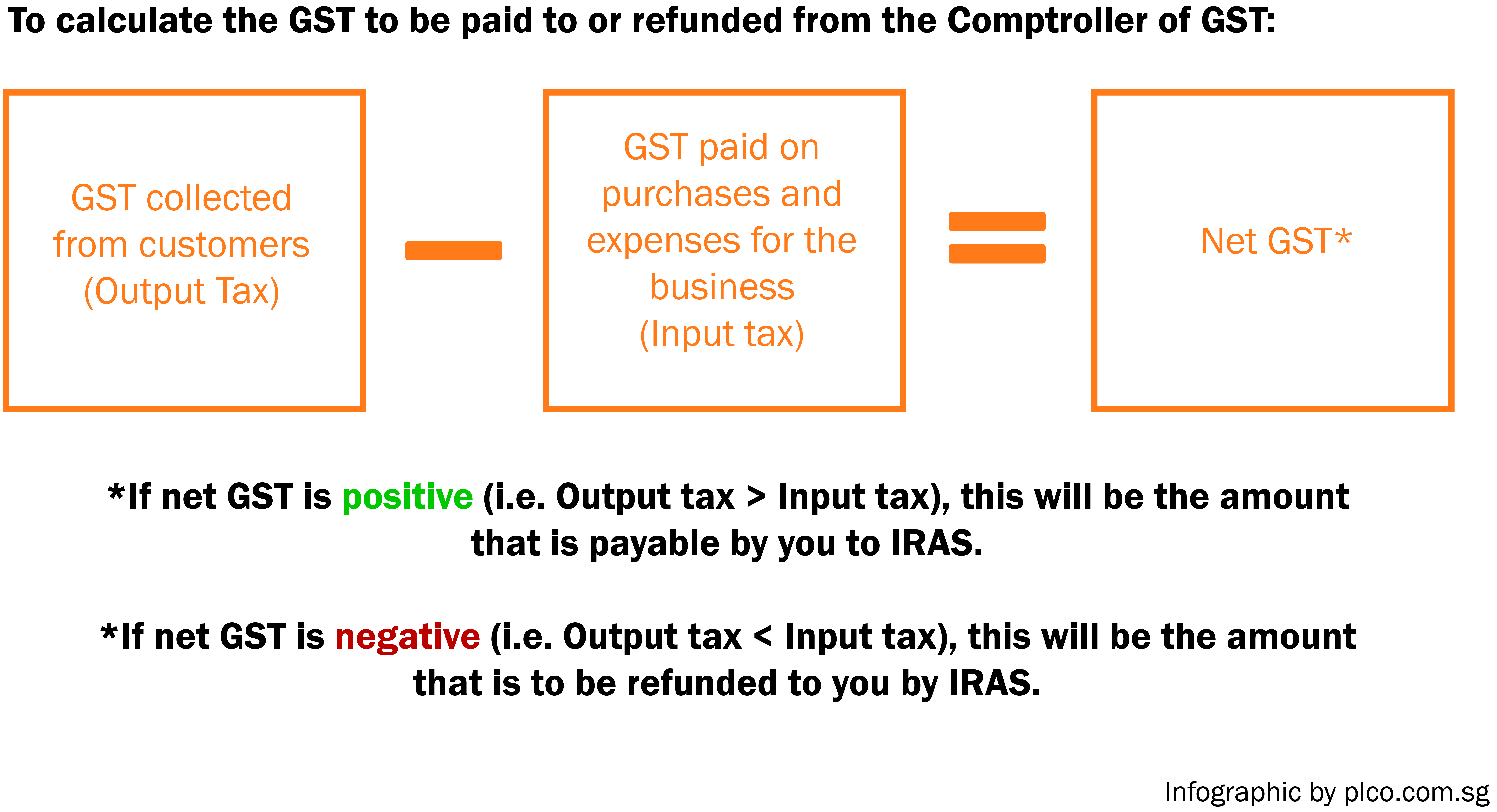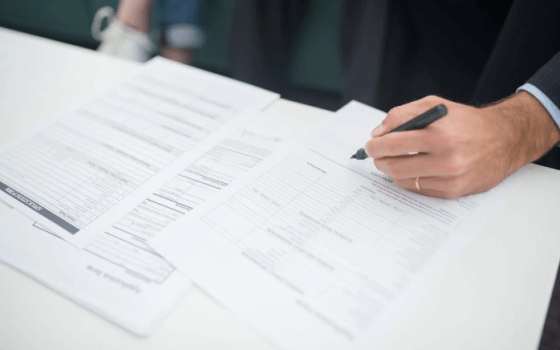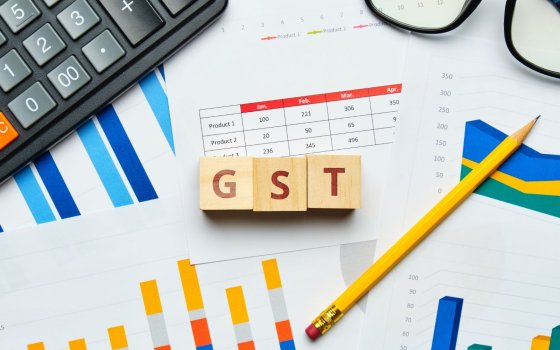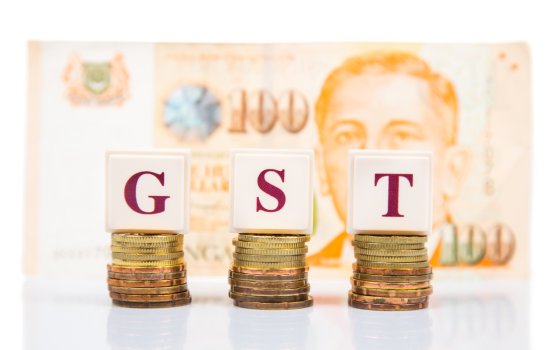GST Registration in Singapore
Goods and Services Tax (GST) is one of the most important tax considerations for business in Singapore. Whether you are running a small business, a growing SME, or managing a multinational branch, understanding GST obligations is critical for staying compliment with the inland Revenue Authority if Singapore (IRAS)
This guide will walk you through everything you need to know about GST registration in Singapore from who needs to register, how the process works, the responsibilities that come after, and common mistakes to avoid
What Is Goods and Services Tax (GST) in Singapore?
GST (Good and Service Tax) is Singapore’s version of value-added tax (VAT), currently set at 9% (from 1 January 2024). Business that are GST-registered must charge GST on taxable goods and services supplies in Singapore and remit those it IRAS.
There are three main types of supplies under GST:
Standard-rated supplies (9%) — most goods and services.
Zero-rated supplies (0%) — export of goods, international services.
Exempt supplies — financial, sale/lease of residential properties, investment precious metals.
Learn More About What Is GST in Singapore

Are there any GST Schemes to help businesses?
• Tourist Refund Scheme (TRS): allows tourists and visitors to claim a refund on the GST paid on goods purchased in Singapore and subsequently exported out of the country. This scheme promotes tourism and encourages spending in the local economy.
• Major Exporter Scheme (MES): The MES simplifies the GST reporting for qualifying businesses engaged in substantial export activities. Businesses under this scheme can enjoy certain benefits, such as the suspension of GST on imported goods and the ability to file quarterly GST returns instead of monthly.
• Zero GST Warehouse Scheme: Businesses operating zero GST warehouses can import goods into these facilities without paying GST upfront. GST is only payable when the goods are released for local consumption, providing cash flow benefits to businesses involved in warehousing and distribution.
• Import GST Deferment Scheme (IGDS): This scheme enables GST registered businesses to defer payment of GST on imported non-dutiable goods at the point of importation. Instead of paying GST upfront at the time of import, businesses can account for it in their GST return.
• Discounted Sale Price Scheme: allowing you to charge 50% GST on a used vehicle.
• Approved Third-Party Logistics (3PL) Company Scheme: This scheme allows qualifying 3PL companies to import goods on behalf of their customers without paying GST upfront. Instead, GST is accounted for when the goods are supplied locally, helping to improve cash flow for businesses.
• Gross Margin Scheme: GST is chargeable only on the gross margin of your goods.
• Other Industry-Specific Scheme: the Government also has various GST schemes for different industries such as marine, logistics, etc.
Do You Need to Register for GST?
Not every business must register for GST. Registration depends on your company’s turnover and business activities.


Compulsory GST Registration
You must register if:
- Your retrospective turnover exceeds S$1 million in the past 12 months, OR
- Your prospective turnover is expected to exceed S$1 million in the next 12 months.
Voluntary GST Registration
Businesses below the threshold can choose to register voluntarily. This is common for companies dealing primarily with GST-registered suppliers or clients.
Exemption from Registration
Some businesses making only exempt supplies (e.g., financial services, residential property sales) may apply for exemption from registration.
Types of GST Registration
Compulsory Registration – triggered by turnover thresholds.
Voluntary Registration – optional but comes with compliance obligations.
Overseas Vendor Registration (OVR) – for foreign companies providing digital services to Singapore consumers.
Reverse Charge (RC) – applies to imported services where GST is accounted for by the recipient.
Remarks – Nil Returns. Businesses with no transactions over the accounting period must still file nil returns. This means filing ‘0’ for all the applicable boxes on the GST F5 return form. By filing a nil return, you ensure compliance and avoid late payment penalties. Learn more tips here
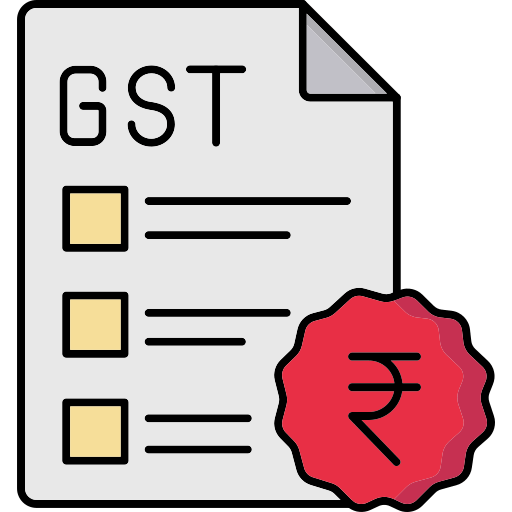
The GST Registration Process in Singapore
Registering for GST involves a structured application through IRAS.
Step 1: Determine eligibility (compulsory or voluntary).
Step 2: Prepare required documents – financial statements, past revenue records, forecast sales.
Step 3: Apply online via myTax Portal.
Step 4: IRAS review – processing usually takes 10 working days.
Step 5: Receive your GST registration number and official approval.
Step 6: Begin charging GST and filing returns as required.
For An indepth look on the registration prosess, click here to learn more
Responsibilities After GST Registration
Becoming GST-registered comes with ongoing compliance duties.
1. Charge GST on all standard-rated goods and services.
2. Issue tax invoices that meet IRAS requirements.
3. File GST returns (Form F5) quarterly via myTax Portal.
4. Maintain proper records for at least 5 years.
5. Display GST-inclusive prices in all marketing and sales materials.
6. Pay GST due on time to avoid penalties.
Advantages and Disadvantages of Goods and Services Tax Registration
Advantages
Ability to claim input tax credits on business expenses.
Improved credibility with clients and partners.
May be required for tendering larger government or corporate contracts.
Disadvantages
Increased compliance and administrative work.
Higher costs if customers are not GST-registered (prices may rise by 9%).
Penalties for errors or late filing.

What are the benefits of GST Registration in Singapore?
Common Mistakes Businesses Make with GST
Even well-managed businesses can run into trouble with GST if they’re not familiar with the rules. Mistakes can be costly, leading to penalties, backdated tax payments, or even IRAS audits.
Here are some of the most frequent errors companies make:
Registering Late for GST
Many businesses overlook the requirement to register once their taxable turnover crosses S$1 million.
Some assume they can wait until the next financial year, but IRAS requires registration within 30 days of reaching the threshold.
Charging GST Before Approval
It is illegal to charge GST until IRAS issues an official approval letter and GST registration number.
Misclassifying Supplies
Businesses often confuse standard-rated, zero-rated, and exempt supplies.
This leads to incorrect charging or failure to claim eligible input tax.
Inaccurate or Incomplete Record-Keeping
IRAS requires businesses to keep detailed invoices, receipts, and accounting records for at least five years.
Poor documentation makes it impossible to substantiate input tax claims during an audit.
Those are the first four common mistakes for business with GST. Learn more common mistakes here :
https://plco.com.sg/7-common-mistakes-to-avoid-when-applying-for-gst-registration/
GST Schemes in Singapore
To support businesses and ease cash flow, IRAS offers several GST schemes. These schemes are particularly useful for companies that deal heavily in imports, exports, or industry-specific activities.
Choosing the right scheme can significantly reduce your tax burden.
Major Exporter Scheme (MES)
- Designed for businesses that import goods regularly but mainly export them.
- Normally, GST is payable upfront on imports, but under MES, GST payment is suspended until the goods are sold locally.
Tourist Refund Scheme (TRS)
- Allows tourists to claim a refund of GST paid on goods purchased in Singapore when they leave the country.
- Retailers must be part of the scheme and issue eTRS tickets.
Zero-Rating for International Services
- Services supplied to overseas customers may qualify for a 0% GST rate, provided certain conditions are met.
Reverse Charge (RC) Regime
- Applies to GST-registered businesses that import services from overseas suppliers.
- Instead of the overseas supplier charging GST, the recipient (local business) must self-account for the GST.
Overseas Vendor Registration (OVR) Regime
- Requires foreign digital service providers (e.g., Netflix, Apple, Google) to register for GST if their supplies to Singapore customers exceed a threshold
Industry-Specific GST Schemes
- Approved Contract Manufacturer and Trader (ACMT) Scheme – for manufacturers handling goods for overseas clients.
- Marine Industry GST Scheme (MIGS) – suspends GST on the sale and import of certain marine vessels.
- Investment Precious Metals (IPM) Scheme – zero-rates the supply of investment-grade gold, silver, and platinum.
GST Deregistration
GST registration is not permanent. Businesses may need to cancel (deregister) their GST status if their circumstances change. Failing to deregister when required can result in penalties.
Businesses may need to cancel GST registration when:
- Annual turnover falls below S$1 million.
- Business ceases or is restructured.
- Application is made to IRAS for voluntary deregistration.
Deregistration is filed via myTax Portal, and businesses must file a final GST return.
The Deregistration Process
Apply via myTax Portal using the GST F8 form.
Provide supporting documents (e.g., proof of business closure, financial statements showing reduced turnover).
File a final GST return up to the effective date of deregistration.
Account for GST on remaining assets (stock or fixed assets) if input tax was previously claimed.

GST Refund/Claiming Back GST in Singapore (Input Tax)
For GST-registered businesses that make purchases on taxable supplies, you are liable to pay GST (Input Tax) too. However, you are able to claim back GST or get a GST refund as a GST-registered business. You can claim input tax incurred when the following conditions are met:
• The goods or services are supplied to you or imported by you (imports are supported by import permits that verify that you the the importer of the goods).
• You purchased the goods or services for your business.
• You keep the tax invoice of your purchases.
• The input tax claims are not disallowed by regulations 26 & 27.
• The goods or services are taxable supplies or out-of-scope supplies that would be taxable if it is made in Singapore.
• You have ensure that it is not part of a Missing Trader Fraud arrangement.
Get Professional GST Registration Services
With Us!
How To Calculate GST?
